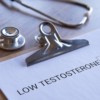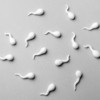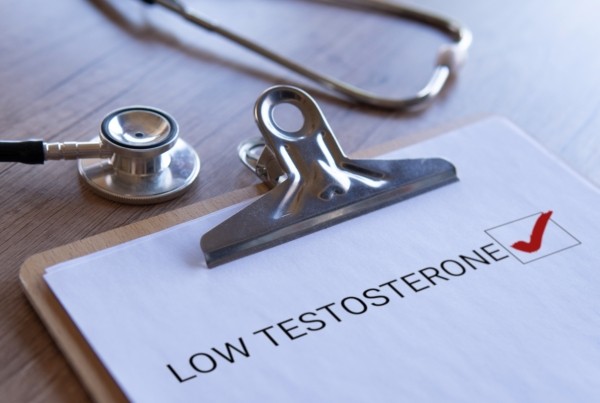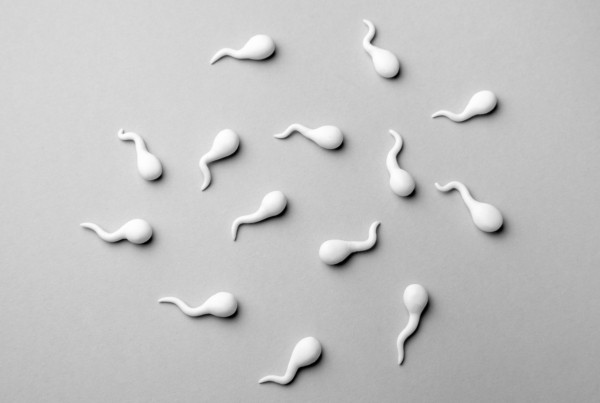The quality and quantity of your sperm plays a crucial role in achieving a successful pregnancy. If you’re trying to conceive or currently undergoing sperm analysis, you may have come across the terms sperm motility, concentration and morphology. These are parameters used to measure sperm health and, in many instances, are also an indicator of your overall health. In this article, we’ll delve into these three key aspects, their ideal ranges, and potential factors affecting them to empower you on your journey.
Sperm Motility Definition
Sperm motility refers to the percentage of all moving sperm in a semen sample. To help visualize it, imagine millions of tiny swimmers racing towards an egg. That’s sperm motility in action. Usually, in a sample, 50% or more move rapidly. But it’s not just about any movement. For a sperm to reach an egg, it must move rapidly and in a fairly straight path. There are three categories of sperm motility:
- Immotile: sperm don’t move at all.
- Non-progressive: sperm move in place or wiggle but don’t travel effectively.
- Slowly progressive: sperm move actively, either in a straight line or in large circles.
- Rapidly Progressive: sperm move actively and rapidly.
The normal range for total motility (progressive and non-progressive) is 40-81%. The normal parameter for progressive motility rests between 32-75%.
So why is motility important?
Sperm need strong motility to navigate the female reproductive tract and then fertilize the egg. Poor motility significantly reduces the chances of conception. Lifestyle factors, overheating of the testicles, varicocele, and infections can all impact sperm motility.
Defining Sperm Concentration
Sperm concentration refers to the number of sperm present in a milliliter of semen. While it only takes one egg and one sperm to conceive, a higher concentration increases the chances of at least one healthy sperm reaching the egg.
According to the World Health Organization (WHO), a concentration between 15 – 259 million per mL is considered normal. Sperm concentration is also an important indicator of overall health.
A 2021 study found that a low sperm count is associated with poorer metabolic, cardiovascular, and bone health and concluded that a low sperm count in itself is a marker of general health.
There are multiple factors that can affect concentration, including hormonal imbalances, undescended testicles, varicocele, and underlying medical conditions that affect sperm production.
Sperm Morphology Definition
Sperm morphology refers to the size and shape of sperm. Ideally, sperm should have a smooth oval head, a well-defined cap, a neck, midpiece and tail and no fluid droplets in the sperm head that are bigger than half of it. An abnormally shaped sperm can still fertilize an egg but higher amounts of abnormally shaped sperm have been associated with infertility.
All men produce abnormally shaped sperm and as many as half of the sperm in a normal semen sample are abnormally shaped. According to the WHO a normal or healthy sperm morphology range is between 4-14% normal form. Some genetic conditions, infections, toxins and varicocele can all affect sperm shape.
Key Takeaway
Sperm health is a combination of these three factors. Even if one parameter is slightly below the ideal range, a healthy level in another can compensate. However, if multiple parameters are outside the normal range, it might affect fertility.
If you’re considering starting a family and have concerns about your sperm health, you can be proactive by screening your sperm at home. Easy to use tests, such as the YO Home Sperm Test, provides you with Motile Sperm Concentration, YO score, and a live video, in the privacy of your own home. You can then choose to share your results with a urologist who can assess additional sperm parameters and advise you on lifestyle changes, medications, or further tests, if needed.







